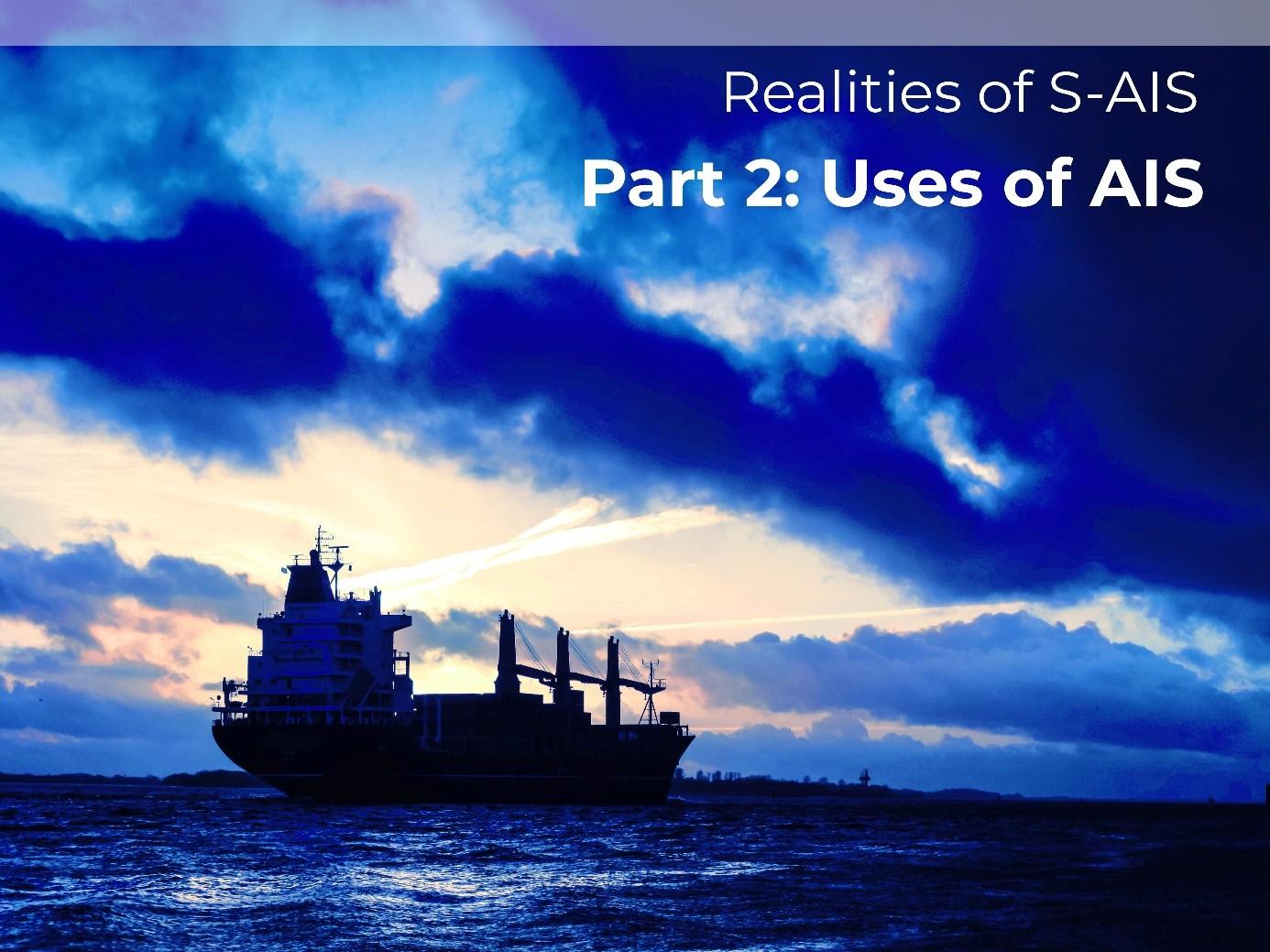
This series of blogs and articles will share what we and our partner Maerospace have learned about the realities of global AIS and Satellite-AIS (which will refer to as simply AIS from here on). Over the past decade, Maerospace has worked with every satellite AIS supplier and users, and analysts worldwide. In our work to provide a vastly improved maritime domain awareness data feed using advanced analytics, we have developed a deep understanding of what really goes on in the complex global network of sensors that support AIS. Our goal in this series is to share what we have learned in hopes that this precious resource can continue to be enhanced. With the proper understanding of the system, this unique global resource can be a critical tool to help save lives, guard the borders, protect the environment and enhance trade.
This series of blogs and articles will share what we and our partner Maerospace have learned about the realities of global AIS Marine and Satellite-AIS (which will refer to as simply AIS from here on). Over the past decade, Maerospace has worked with every satellite AIS supplier and users, and analysts worldwide. In our work to provide a vastly improved maritime domain awareness data feed using advanced analytics, we have developed a deep understanding of what really goes on in the complex global network of sensors that support AIS. Our goal in this series is to share what we have learned in hopes that this precious resource can continue to be enhanced. With the proper understanding of the system, this unique global resource can be a critical tool to help save lives, guard the borders, protect the environment, and enhance trade. Vessel detection enhances maritime datasets with daily vessel detection in ports and coastal areas. Observe patterns of life, detect illegal activities, and quantify economic activity with planet analytics.
Uses of AIS Data
Satellite AIS, combined with Coastal AIS data, provides analysts with the ability to track ships globally or within any Area of Interest (AOI).
Many uses of S-AIS have emerged over time. The table below shows a summary of the major uses of ship-tracking data today.
One key issue is, for each application, to understand the importance of accuracy and timeliness of the data. For many applications, it matters whether the position information and the decision support data derived from positions is correct when decisions are made.
When using AIS or S-AIS, users are rarely interested in all ships everywhere. Instead, there are Areas of Interest (AoI's) and Vessels of Interest (VoI's). We suggest that there are also Times of Interest (ToI) that must be considered. As we have discussed elsewhere, with Satellite ais marine traffic, ships are detected intermittently, regardless of the number of satellites involved. Intermittent detection occurs even with coastal AIS networks whenever ships are beyond 30 miles from the base station. This means that the AIS data about a ship is always old and often obsolete.
If you are involved in any of the applications shown in the table "AIS Use Cases," it is essential for you to understand the realities of the age of the data you are using for decision making. Most data suppliers will provide the ability to see the time of the detection being presented. It is always included in data streams and API data access. Still, map presentations often require the user to click on a ship to display the message's age, and it is often displayed at the bottom of a long list of meta-data about the ship.
Time Synchronization is Critical
For many applications, users must also predict the vessel tracking position into the future, estimate the estimated time of arrival (ETA), or plan to meet the vessel traffic at a particular time. For these uses, a thorough understanding of the time factors is essential. To maximize the value of satellite ais data, training for all analysts about how to interpret the data being presented is essential.
An analyst will sometimes misread a map that appears to show ship positions in an area and may make expensive decisions based on data presented. For this reason, analytics can make a huge difference by removing the need for the analyst to make manual calculations.
Maerospace, TimeCaster™ technology provides a time-synchronized set of ship positions in any area. Using patent-pending machine learning algorithms, it provides an API or web view via the data stream. This approach has been proven to provide a global accuracy of fifteen times (15x) improvement overuse of raw marine traffic ais and Coastal data. Time-synchronized positions for all ships can be provided on a NowCast® basis (as of "now" and then the ship positions are updated every 10 minutes) or for the future for any set of ships or area of interest. FutureCast™ capabilities can provide this time-synchronized view for many hours or days into the future. In all cases, the analyst has access to the original ais traffic as well as the forecasts.
Monitoring and Alerting
Decision-making is about making things happen in the future. Whenever a decision is needed to support any of the use cases shown in the table above, the user must assess where the ship will be when the decision comes into play, whether it is planning to receive cargo, interdict a vessel position, direct a vessel position to a new port, or predict commodity prices based on short-term flows.
When the position predictions are made manually, the process becomes slow and subject to errors. With an automated monitoring and alerting system, such as Maerospace's ADVISOR® service, the analysts can focus their time and effort on the core problem they are trying to solve.
Conclusion
Only humans can set goals and make important decisions to deploy assets. Using AIS and S-AIS data can aid in those decisions, but only if the data's underlying truth is understood correctly. Using analytic support tools such as TimeCaster™ can enable faster as well as better decisions.
Coming up
In our next entry in this series, we will explore how AIS marine traffic and S-AIS data are deliberately or inadvertently misused to hide ships and ship behavior from those who rely on AIS marine and S-AIS data.
